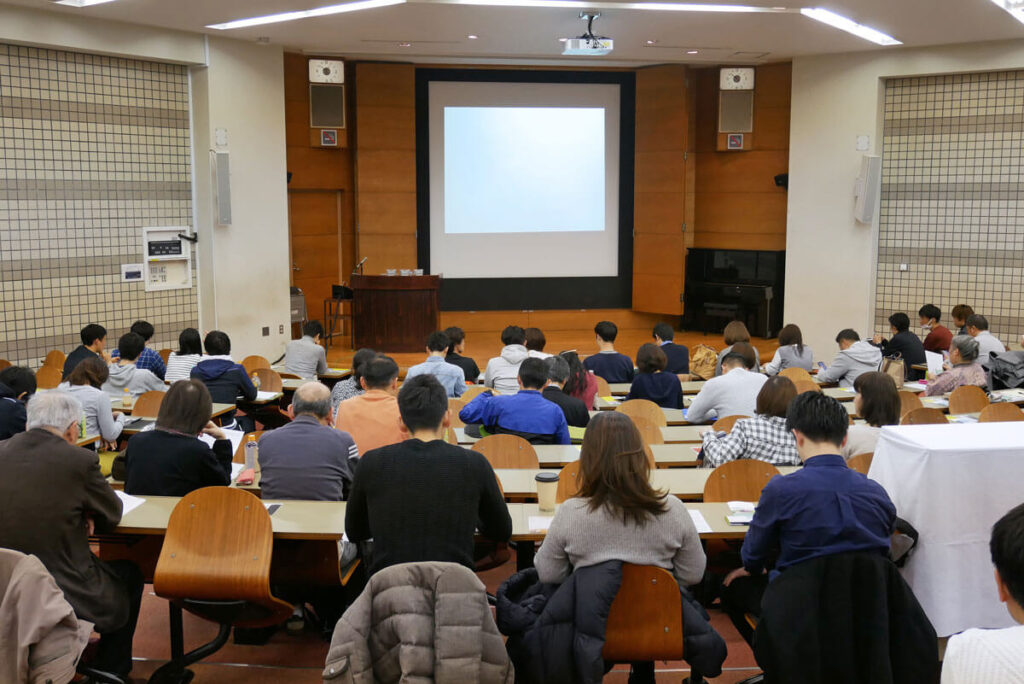 Ithaka S+R recently published a report funded by the Bill & Melinda Gates Foundation and titled, “Barriers to Adoption of Online Learning Systems in U.S. Higher Education.” I have written extensively on this blog about the economic constraints facing institutions of higher education, issues of student persistence and retention, and the litany of other issues daunting the American higher education system today. In their report, the authors explore many of these same topics explaining why they believe online education could be a boon for higher education in general and students, faculty, and individual institutions specifically.
Ithaka S+R recently published a report funded by the Bill & Melinda Gates Foundation and titled, “Barriers to Adoption of Online Learning Systems in U.S. Higher Education.” I have written extensively on this blog about the economic constraints facing institutions of higher education, issues of student persistence and retention, and the litany of other issues daunting the American higher education system today. In their report, the authors explore many of these same topics explaining why they believe online education could be a boon for higher education in general and students, faculty, and individual institutions specifically.
Though the authors state in the Introduction that, “We believe such [online] systems have the potential to improve faculty productivity and lower instructional costs without sacrificing educational quality,” online education continues to face staunch critics. Fundamentally, the report notes that the onslaught of online education in the higher education landscape has the potential to completely transform our concept of and basic approach to educating the nation’s college students. The concept of online education is so foreign to many that there is some resistance based solely on it being “different.” The authors conducted interviews with a variety of institutions utilizing online education in a variety of ways. Not surprisingly, considering the relatively recent arrival of online education on the higher educational scene, institutions are still working to figure out how best to utilize new technologies to reduce instructional costs, improve student learning outcomes, and maximize faculty effectiveness.
Online education is becoming such a disruptive force (to use Clayton Christensen’s terminology) in education that the authors state, “Online learning is taking place at just about every college and university in the nation.” In their interviews with administrators and faculty at institutions implementing online education in some way, there were some common themes uncovered discussing the rationale for the introduction of online education. Many institutions, for example, see online offerings as a revenue generator. Online education has the ability to reach non-traditional students (adult learners who are not able to attend class in a physical, more traditional setting) as well as students who would otherwise not enroll with the university due to geographic location. While there are significant startup costs associated with implementing an online environment, many schools anticipate eventually recouping that initial investment through decreased use of facility space, increased enrollments thanks to the online offerings, and more effective use of faculty time. Interestingly, some universities have seen cost savings as well as increased revenue yet the authors point out, “Very few institutions are using either the savings from online education or the net incremental revenue to reduce the price of education to students.”
Schools are also beginning to utilize online education as a means of improving student retention and persistence. Practically speaking, the current economic crisis that has led to reductions in faculty size and reduction in course offerings, has effectively barred many students from getting into the classes they want and need to graduate. By moving courses to an online environment, more can be offered overall and fewer students will be blocked from registering for core courses. In this way, students will be more likely to continue their educations unabated. In addition, some schools believe that online education has the potential to dramatically improve our understanding and execution of practices to improve student learning outcomes. Some institutions have implemented online education as a means of testing this theory. The authors acknowledge that “the belief that students in online courses may learn the material better than their traditional-format counterparts did not appear to be widely held. This may be partly due to the scarcity of convincing evidence, produced by rigorous evaluations, about the effectiveness of hybrid or online learning compared with that of traditional modes of teaching.” (The Department of Education released a meta-analysis in 2009 that found that “on average, students in online learning conditions performed better than those receiving face-to-face instruction.”)
While there are many reasons stated by university administrators for implementing online platforms, there are many perceived barriers, some of which have been stated in the discussion above regarding the rationales for implementation. As is the case with all disruptive technologies, a small group of early adopters carries the burden of proving the value to others. For many faculty members interviewed for the report, online education is seen as the end of their value as instructors. The authors note that fears over diminished faculty ranks in the face of online education was a common theme in their conversations. While online learning does lend itself to a certain level of “automation,” the faculty must still remain engaged in order to make the course as effective as possible. Additionally, for those faculty who are willing to venture into the world of online teaching and learning, the authors recommend that institutions create some type of incentive or compensation program. The initial work required on the part of the faculty member teaching in an online environment is substantial enough that universities should consider breaking down this particular barrier by offering some type of incentive or additional compensation structure for innovative faculty members willing to pursue the online platform.
For many faculty members, control or ownership over the course is paramount to all other concerns. The report notes that some faculty members have questions about the implications for intellectual property standards in the online environment. Others note that they take great pride and care in crafting their courses and many are unfamiliar with the concepts associated with instructional design – they teach the way they were taught and are comfortable in that setting. In response to these stated challenges and perceived obstacles, the authors have provided a series of remedies including to “make faculty pioneers heroes” by embracing those willing to venture into the online environment and pave the way for others to follow. Other strategies include establishing centers within the institution separate from the traditional to experiment with online learning and continuously developing a mechanism for mining data that will assist in providing answers to the questions of student learning outcomes, persistence, and retention in the online setting.
Though there are some perceived barriers to the adoption of online learning systems in American higher education, there is significant evidence that students are migrating toward the online environment. Babson Survey Research Group, in conjunction with The Sloan Consortium, Inside Higher Ed, and Pearson, noted in its recent report titled, “Going the Distance: Online Education in the United States, 2011” that in the Fall of 2010, more than 6.1 million students took at least one online class. That represents a 10.1 percent increase over online enrollments in Fall 2009. In his book The Innovative University: Changing the DNA of Higher Education from the Inside Out, Clayton Christensen notes that the cost of operating an online university is half that of operating a traditional one, largely because of a lack of facilities needed for students. (To see more about Christensen’s theories in The Innovative University, see my blog article posted last August.) This translates into an opportunity for students to receive an education for significantly less cost than they could at an average traditional university. Considering the ambitious goals of the Obama Administration to bring America back to its preeminent position in terms of college graduates, an alternative to traditional higher education is necessary. At this point online education seems to be a viable alternative and the number of students registering for online courses at traditional universities and the number enrolling at fully online institutions like APUS is a testament to this – despite any perceived barriers.










